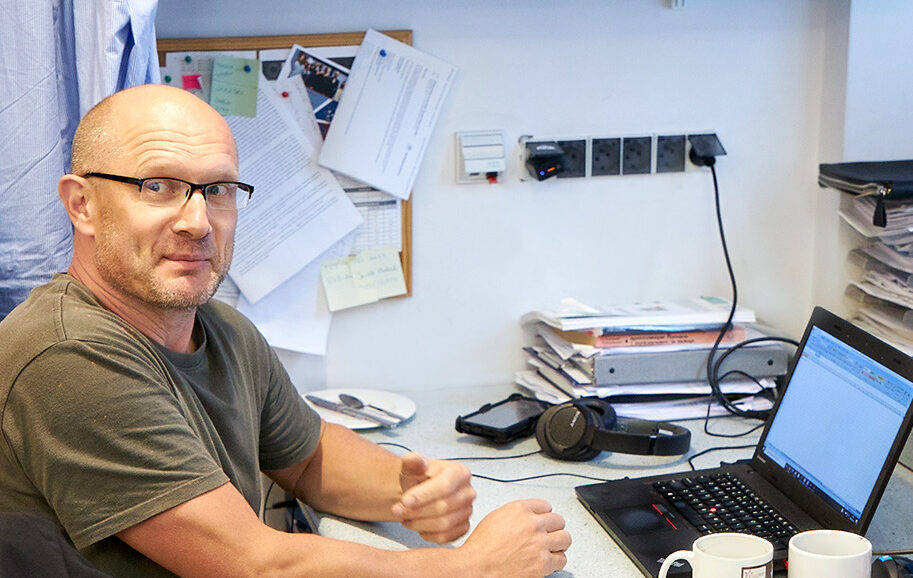In a study entitled „Interaction of ROMK2 Channel with Lipid Kinases DGKE and AGK: Potential Channel Activation by Localized Anionic Lipid Synthesis” published in Biochimica et Biophysica Acta – Molecular and Cell Biology of Lipids, researchers Milena Krajewska, Mateusz Możajew, Sławomir Filipek, and Piotr Koprowski have unveiled novel insights into the regulation of the ROMK2 channel within intracellular compartments.
The ROMK2 channel is known to reside in diverse cellular membrane compartments, including the plasma membrane, endoplasmic reticulum, and mitochondria. Within mitochondria, ROMK2 has been proposed as a pore-forming subunit of the mitochondrial ATP-regulated potassium channel. The researchers discovered that the ROMK2 proxisome, in addition to previously known protein partners, included two lipid kinases: acylglycerol kinase (AGK) and diacylglycerol kinase ε (DGKE). Remarkably, these kinases are localized in mitochondria and the endoplasmic reticulum, respectively.
Using co-immunoprecipitation techniques, the researchers confirmed the presence of AGK and DGKE in complexes with ROMK2 channels. Furthermore, they found that the products of AGK and DGKE, lysophosphatidic acid (LPA) and phosphatidic acid (PA), respectively, stimulated the activity of ROMK2 channels in artificial lipid bilayers. Molecular docking studies revealed the presence of acidic lipid binding sites in the ROMK2 channel, akin to those previously identified in Kir2 channels.
Based on these compelling findings, the researchers propose a model wherein localized lipid synthesis, mediated by channel-bound lipid kinases, contributes to the regulation of ROMK2 activity within distinct intracellular compartments, such as mitochondria and the endoplasmic reticulum. This model opens new avenues for understanding the regulation of ROMK2 channels and lipid metabolism in cellular physiology and disease pathogenesis.
The study is now available for public access via the following link: https://doi.org/10.1016/j.bbalip.2023.159443
